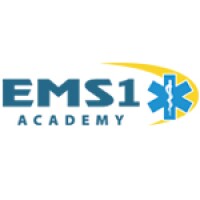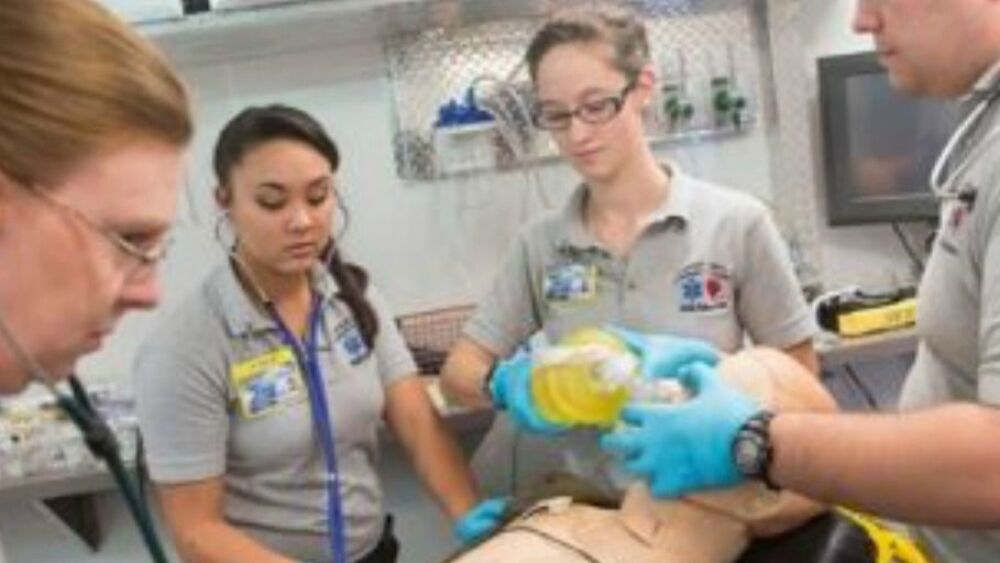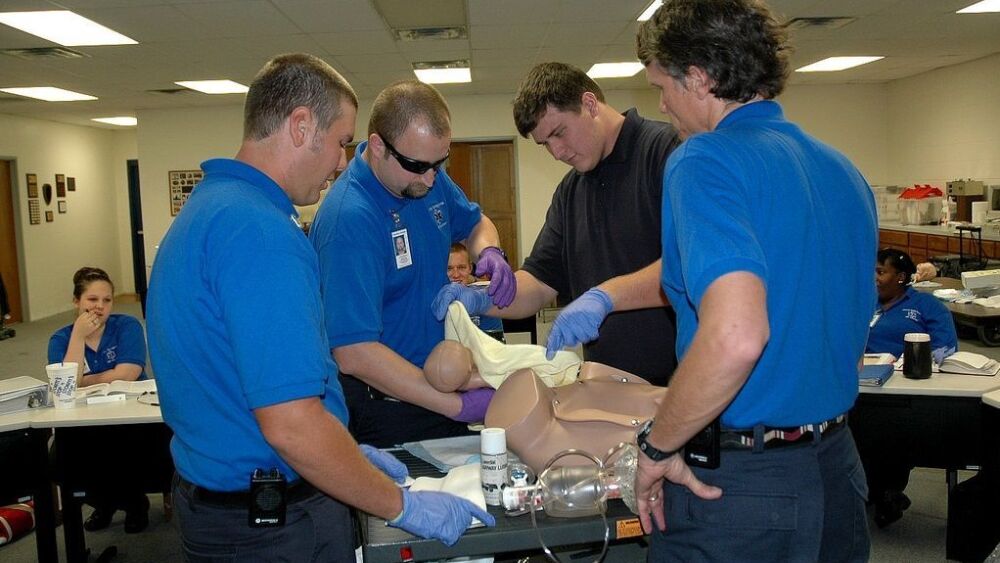The EMS1 Academy features “Module 14: Critical Thinking and Clinical Decision Making,” a one-hour accredited course for emergency services personnel. Visit the EMS1 Academy for more information.
“No plan survives first contact with the enemy.” — Helmuth von Moltke
Back in October, partner Nancy Magee and I began the experiment in experiential learning that is EMT 360. The basic premise was that clinical experience comes too late in traditional EMS education programs, leaving new graduates to polish their craft and put their classroom education into context through on-the-job training.
The problem with that approach is that experience on the job is only beneficial if it’s good experience. Too often, new EMTs get partnered with the medic who has an opening on her truck, and the reason that they always have an opening is that nobody else is willing to work with them. That’s the problem with experience as a teacher in our field: often your only context comes from a partner who is more cautionary tale than mentor; the type of medics I refer to as having one year of experience repeated 25 times.
When you’re new and inexperienced, it’s difficult to separate good practices from bad, and you’re particularly susceptible to believing it when some lazy burnout proclaims, “There’s the way it’s done in class, kid, and there’s the way it’s done on the street.”
As author Stewart Stafford puts it, “Separate text from context and all that remains is a con.”
Pathophysiology and EMT experience
Hence, EMT 360. We’d start clinical rotations in Week Three, and graduate students with hundreds of patient contacts and a wealth of exposure to different philosophies and disciplines of providing patient care. We’d discuss their weekly clinical contacts in class and provide the context for why and how different providers render care. They’d shadow ED and nursing home nurses, paramedics and respiratory therapists, and hit the streets well-seasoned, but not salty.
And all that would have come to fruition if our students had actually gotten the volume of clinical context we envisioned. Right before class started, three of our main clinical sites changed ownership, and the resultant management restructuring necessitated a renegotiation of clinical contracts, and all the delays and headaches such negotiations entail. Our students started clinical rotations a good two and a half months later than we intended, resulting in the quote that begins this article.
Lacking the clinical context we envisioned the students bringing to weekly classes, we had to shift to a much more traditional classroom format. Two things we did differently in EMT 360: we started clinical shifts in the beginning of class, and we shifted in-depth pathophysiology towards the end. The first is an idea we’re still convinced will work, and we’ll stick with it in our next course.
Shifting pathophysiology until later in the course was a mistake, however. Students lacked the in-depth understanding of disease processes and cellular pathophysiology to provide context for what they saw in the clinical setting. We set out to teach “how” first, hoping that “why and when” would come with clinical experience.
Well, when the clinical experience is lacking, what you wind up with is students who know how to perform psychomotor skills but not why, or even more importantly, why not. That in itself is not so bad – lots of EMT programs graduate students like this – but it’s not how I like to teach.
Still, it’s a fixable problem. Right now, students are getting clinical experience every week, and each student has to devise a scenario based upon one of the patients he or she has encountered. We predicted that the students would devise increasingly complex and nuanced scenarios, and that their cohorts would become increasingly adept at managing the scenario. We’re seeing that now; each scenario lab results in stronger performances than the last. Rather than the “lightbulb moments” my students experienced in previous classes, these students are on a dimmer switch. They’ll graduate not quite as strong as we had hoped, but still more knowledgeable and experienced than those who’ve taken courses we’ve done in the past.
So when you delve into experiential learning in your courses, remember the importance of context in what you teach. It can’t be several hours of war stories each night – the students need more context than you alone can provide – but they at least need to develop the knowledge in class necessary to understand what they see in the field. Hit the anatomy and the pathophysiology hard, and when they go to the nursing home, hospital or ambulance, they’ll be better equipped to distinguish the war stories they hear from the fairy tales.
Listen for more
How EMT 360 introduces students to patients earlier
In this episode, our co-hosts discuss the EMT 360 program which provides students the opportunity to interact with patients earlier in their educational path
This article was originally posted May 1, 2020. It has been updated.















